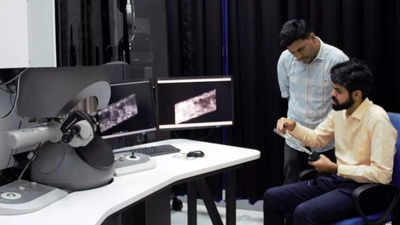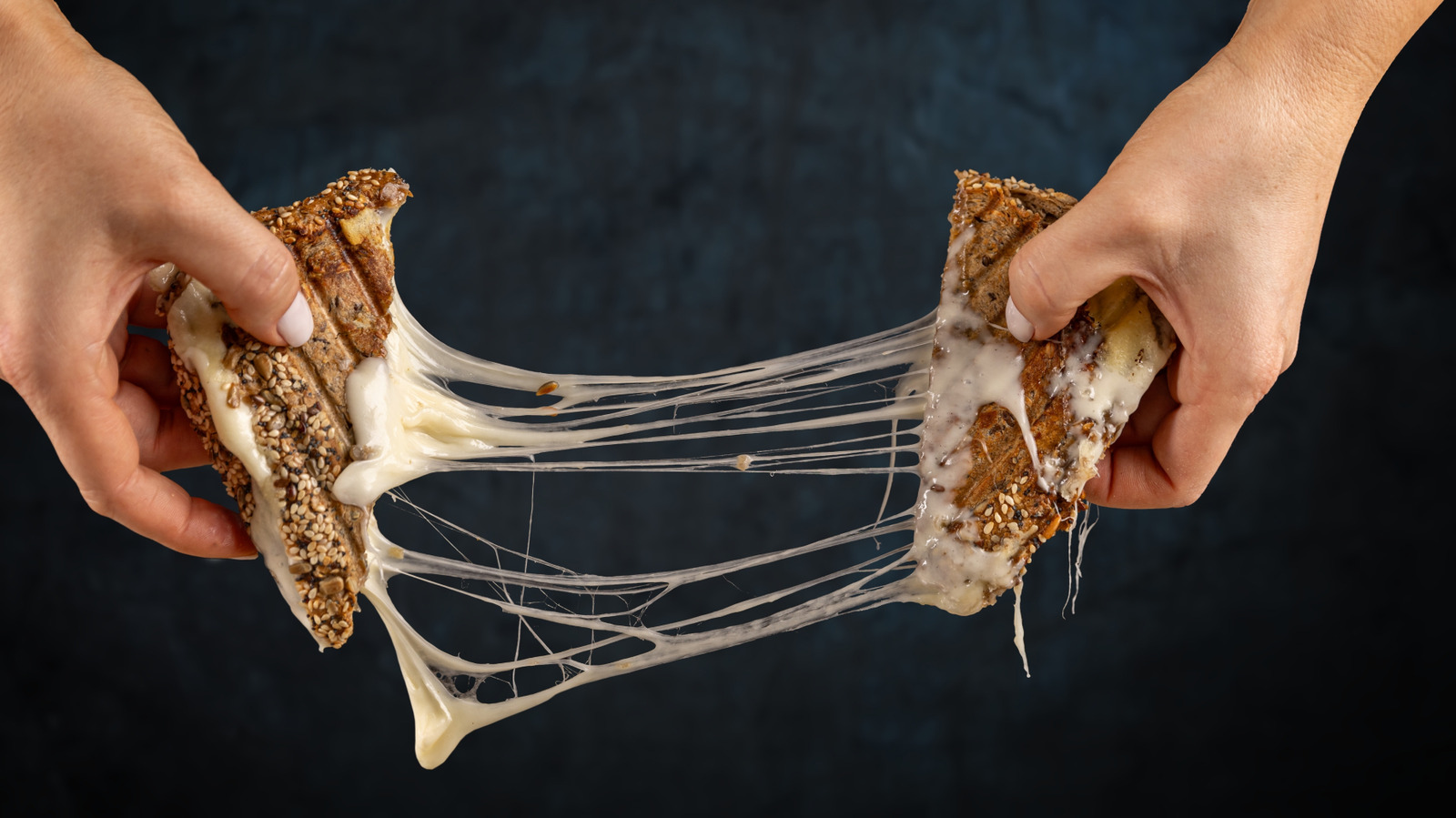Pavan Nukala (right) with Pradeep Kumar (left), in charge of the electron microscope facility at CeNSE. Images of biased nanowires are projected on the screen BENGALURU: A team of researchers from IISc, University of Pennsylvania School of Engineering and Applied Science (Penn Engineering), and Massachusetts Institute of Technology (MIT) has shed new light on the process of amorphization — the transition from a crystalline to a glassy state — at the nanoscale. In breakthrough collaborative work published today in Nature, researchers show that a material called indium selenide can “shock” itself to transform from a crystalline to glassy phase using very low power.
“This transformation lies at the heart of memory storage in devices like CDs and computer RAMs. It consumes a billion times less power than the traditional melt-quench process used to convert crystal to glass,” IISc said. Pointing out that glasses behave like solids but lack the typical periodic arrangement of atoms, researchers said that during glassmaking, a crystal is liquefied (melted) and then suddenly cooled (quenched) to prevent the glass from becoming too organised.
“...
This melt-quench process is also used in CDs, DVDs and Blu-ray discs – laser pulses are used to heat and quench a crystalline material to the glassy phase very quickly in order to write data; reversing the process can erase data. Computers use similar materials called phase-change RAMs, in which information is stored based on t.











:upscale()/2024/12/23/986/n/1922441/ae269e286769e6f5b332b2.08351138_.jpg)







